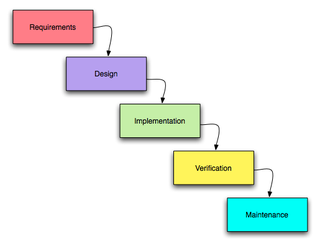glossaire:sdlc
Table des matières
SDLC
Software Development Life Cycle
Five phases of the software development life cycle:
- Requirements gathering : It is a common misconception that an architect has no role to play during the requirements phase. In fact, this is the point when an architect can understand the so-called “quality attributes” of software as perceived by the stakeholders.
- OSRMT (Open Source Requirements Management Tool)
- Analysis and design : During this phase an architect provides a high-level design of the system identifying the software elements, their interfaces, and the relationship between them. Deployment of these elements is also described during this phase.
- Implementation and development : The actual development and coding of your software happens in this phase. During this phase the software architecture is subjected to verifications and corrections, which can lead to changes in the design and effectively on the timeline of the project.
- Testing and QA : During this phase the quality attributes of the software (scalability, performance characteristics, etc.) are verified.
- Deployment : In this phase an IT architect scrutinizes the final deployment of the software application on deployment platforms.
Voir aussi:
- Software development process
glossaire/sdlc.txt · Dernière modification : de 127.0.0.1

